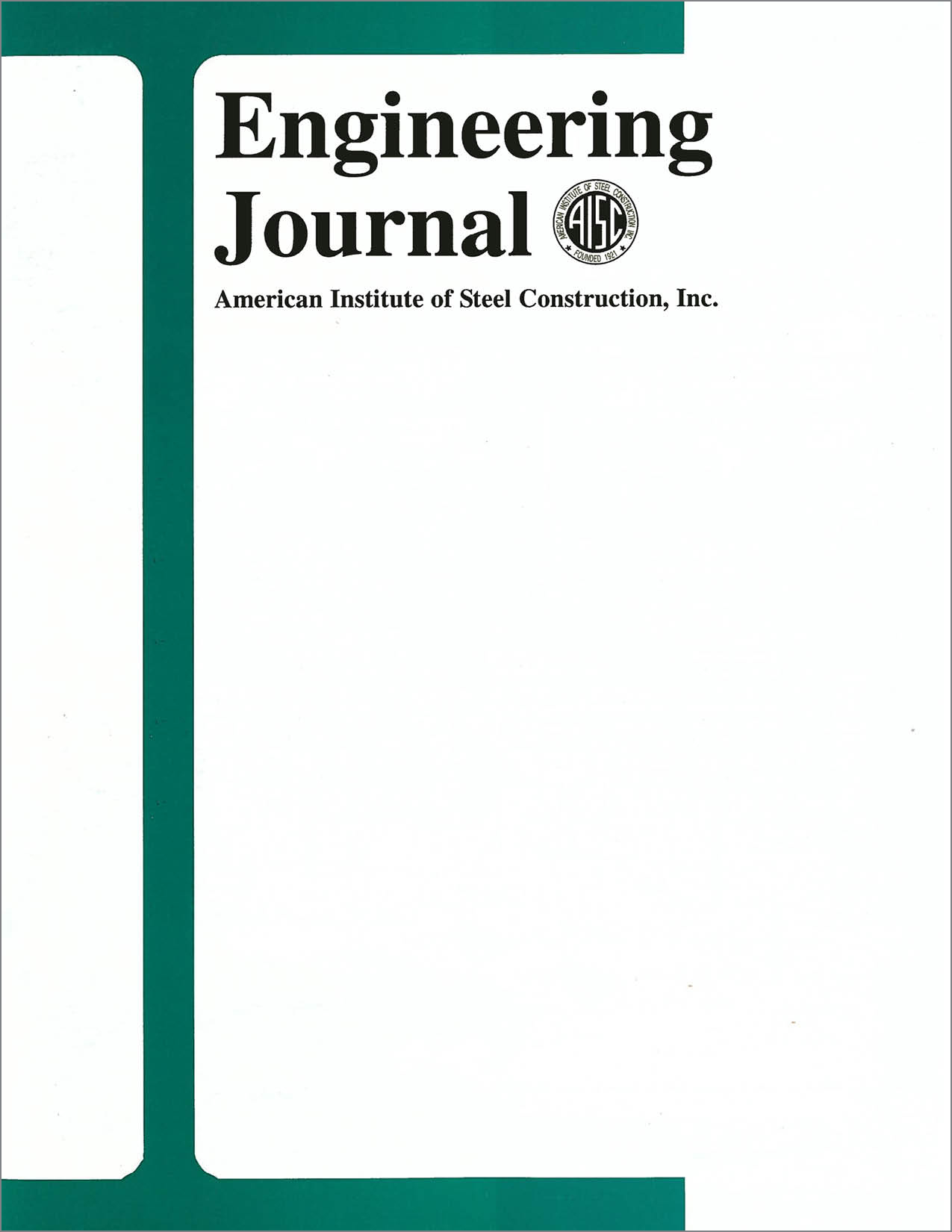The Use of Orthotropic Decks in Redecking of Bridges
DOI:
https://doi.org/10.62913/engj.v38i1.751Abstract
A bridge deck directly loaded by heavy truck wheels and exposed to weather effects is the most vulnerable component of a bridge structure and must satisfy the most severe strength and durability demands. Failed bridge decks typically account for about two-thirds of all bridge deficiency cases. Bridge deck replacement becomes necessary where yearly deck maintenance cost exceeds the yearly life cycle cost of a new bridge deck. Orthotropic decks are well suited for replacement of deteriorating concrete decks, especially on long span bridges where radical reduction of dead weight is necessary to meet which are very costly in the long run and may severely reduce the useful life of the bridge. The special problems encountered in orthotropic redecking are: the design of fatigue-proof connections to the existing superstructure framing within the constraints of limited depth available for the new deck, constructibility under traffic, minimizing traffic restrictions during construction. Redecking examples given in this review illustrate how these problems were solved on these bridges, with various degrees of engineering success and cost effectiveness.

